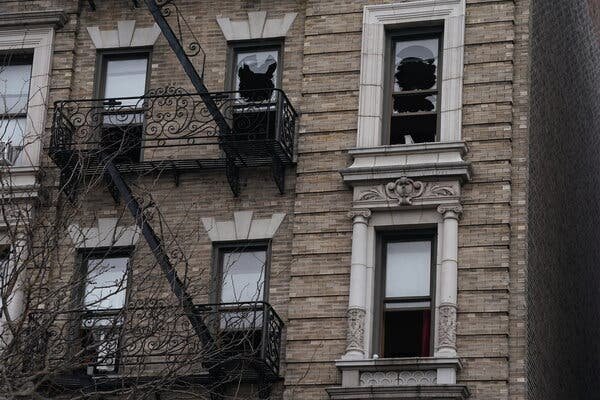The MTA is considering using drones to monitor its fleet of buses, but this has raised concerns among union representatives for bus service supervisors and dispatchers who fear potential job losses. The drones would be used to provide real-time data on bus operations and traffic patterns, but unions argue that this work is currently done by their members. The MTA has not responded directly to these concerns. The NYPD has already used drones to address subway safety issues, such as catching individuals engaging in dangerous behavior on subway lines.
The Metropolitan Transportation Authority (MTA) is considering the use of drones to enhance its bus operations. With nearly 6,000 buses in its fleet, the MTA is exploring the possibility of deploying drones to monitor bus depots, outdoor parking lots, and along bus service routes. The goal is to improve the management and oversight of bus operations by creating a real-time map of bus locations and traffic patterns.
In a recent document posted on the MTA website, the Department of Buses of New York City Transit is seeking qualified vendors to propose solutions for implementing an aerial vehicle program. The MTA aims to utilize drones to survey depot facilities, provide insights on bus locations, and improve inventory management. The agency is looking for innovative technologies that can enhance efficiency and effectiveness in monitoring its bus fleet.
The use of drones by the MTA has raised concerns among union representatives for bus service supervisors and dispatchers. They fear that the deployment of drones could lead to job losses as drones take over tasks traditionally performed by human workers. Michael Carrube, president of the Subway-Surface Supervisors Association, expressed alarm over the potential use of drones for inventory management, a role currently handled by bus supervisors. He emphasized the importance of consulting with the workforce before implementing such technologies.
Philip Valenti, president of the Transit Supervisors Organization/Transport Workers Union Local 106, also voiced concerns about the MTA’s reliance on drones for bus data collection. He highlighted the essential roles played by supervisors in ensuring quality bus service and customer interactions. Valenti emphasized the human element in supervision that technology may not fully replace.
Despite the apprehensions raised by the unions, the MTA is moving forward with its plans to explore the use of drones for improving bus operations. The agency is focused on addressing challenges in maintaining accurate vehicle location tracking for buses parked in depots and outdoor parking lots. By leveraging drone technology, the MTA aims to enhance its monitoring capabilities and optimize bus services for the benefit of riders.
While the MTA is considering the use of drones for its bus operations, the agency has already witnessed success with drones in collaboration with the New York Police Department (NYPD). NYPD drones have been deployed on outdoor subway lines to address safety concerns, such as individuals “surfing” on top of moving trains. The drones have helped identify and deter such risky behavior, contributing to a safer and more secure transit environment.
In conclusion, the potential deployment of drones by the MTA represents a step towards leveraging technology to improve bus operations and enhance safety measures. While concerns have been raised about the impact on jobs and supervision roles, the MTA is committed to exploring innovative solutions to optimize its bus services. By embracing drone technology, the MTA aims to enhance efficiency, data collection, and overall service quality for the millions of riders who rely on its bus network.
Source: TheCity.NYC









